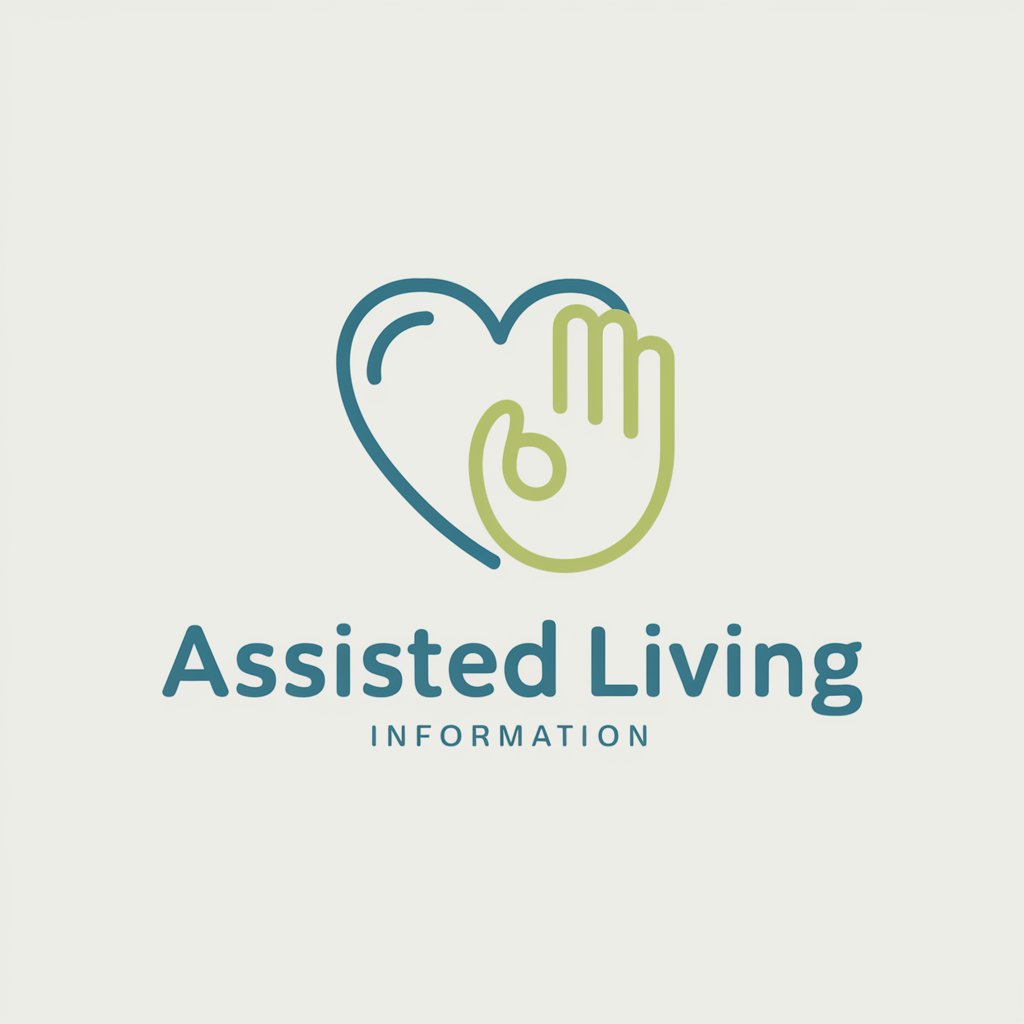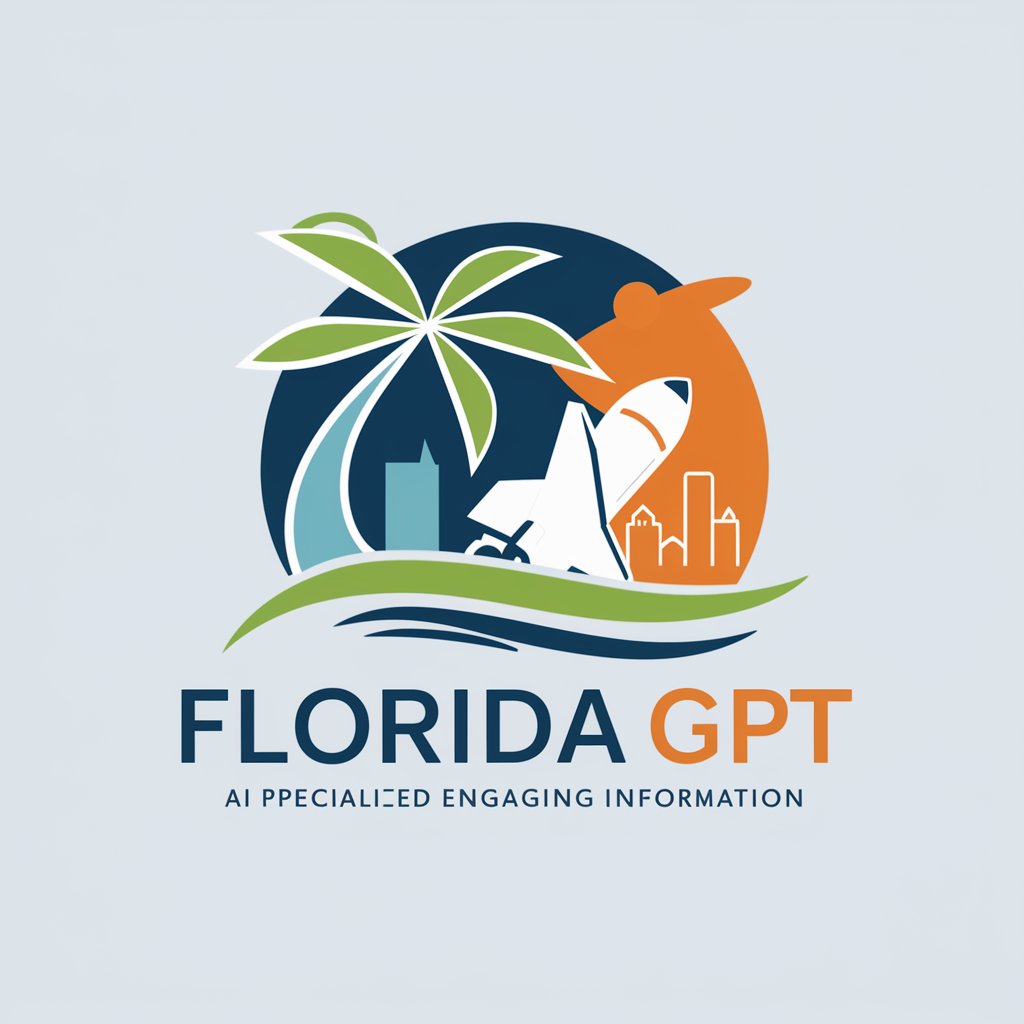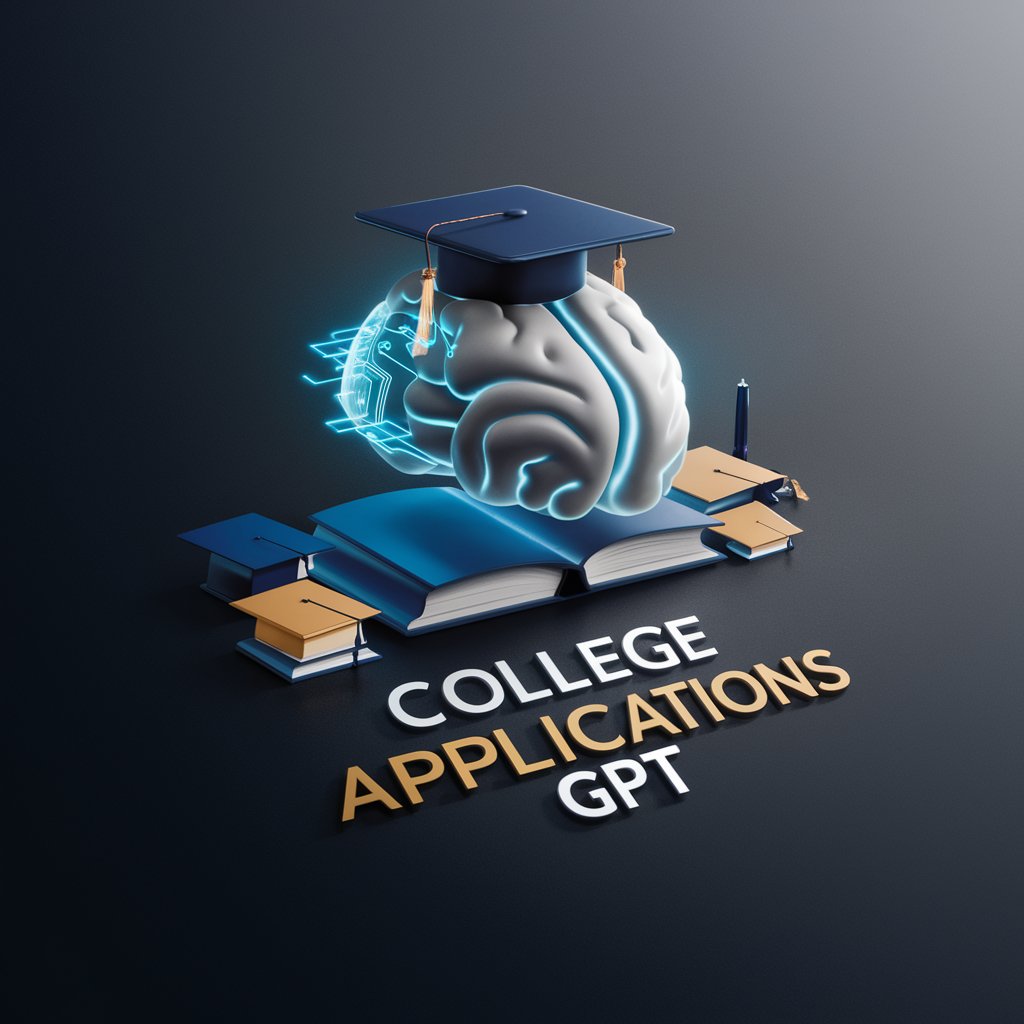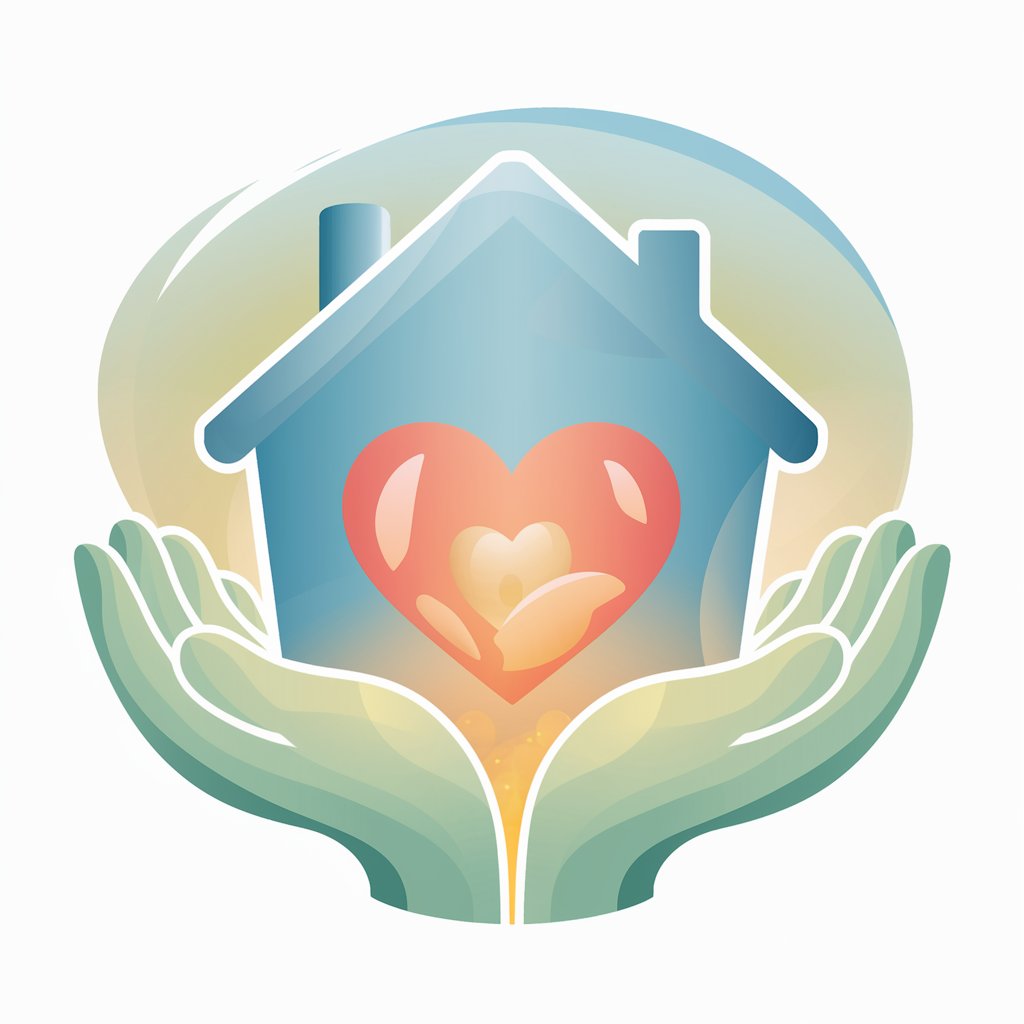
Assisted Living - Assisted Living Guidance

Hello! How can I assist you with your senior care questions today?
Empowering informed senior living decisions with AI
Can you explain the different types of assisted living facilities?
What factors should I consider when choosing an assisted living facility?
How can I evaluate the quality of care in an assisted living facility?
What are the typical costs associated with assisted living?
Get Embed Code
Understanding Assisted Living
Assisted Living refers to a type of residential care for older adults or individuals who require assistance with daily living activities but do not need the full level of care provided by nursing homes. It bridges the gap between independent living and nursing home care, offering a combination of housing, personal care services, and healthcare designed to respond to individuals who need help with activities such as bathing, dressing, eating, and medication management. Facilities may vary widely in terms of size, appearance, and services offered, ranging from small home-like settings to larger, more institutional ones. For example, a resident might live in their own room or apartment within a facility and receive personalized care that respects their independence while ensuring their safety and well-being. Powered by ChatGPT-4o。

Core Functions of Assisted Living
Personal Care Support
Example
Assistance with activities of daily living (ADLs) such as bathing, dressing, and grooming.
Scenario
An elderly individual with mobility issues receives daily support from trained staff, allowing them to maintain personal hygiene and dignity.
Medication Management
Example
Staff assistance with managing and administering prescribed medications.
Scenario
A resident with complex medication routines has their medications administered by staff to ensure accuracy and prevent health complications.
Meal Services
Example
Provision of three nutritious meals a day tailored to dietary needs.
Scenario
Residents receive balanced meals that cater to specific dietary restrictions, such as low sodium for heart health, in a communal dining setting that also encourages social interaction.
Emergency and Safety Services
Example
24-hour emergency call systems and staff availability.
Scenario
In case of an emergency, such as a fall, residents can quickly alert staff for immediate assistance, ensuring rapid response to health and safety concerns.
Social and Recreational Activities
Example
Organized events, classes, and outings to promote community and engagement.
Scenario
A variety of social activities, from art classes to local outings, are available to keep residents engaged and foster a sense of community.
Who Benefits from Assisted Living
Older Adults Seeking Independence with Support
Individuals who wish to maintain a degree of independence but require assistance with daily living activities. This group values the autonomy of living in their own space while having access to necessary support services.
Adults with Minor to Moderate Healthcare Needs
Those who do not require the intensive care of a nursing home but could benefit from medication management, regular health monitoring, and assistance with personal care.
Families Seeking Safe, Supportive Environments for Loved Ones
Families looking for a secure and caring community where their elderly relatives can live comfortably, engage in social activities, and receive professional care tailored to their needs.

How to Use Assisted Living Information Guide
Start with a Free Trial
Begin by visiting yeschat.ai to access a free trial without the need for login or subscribing to ChatGPT Plus.
Identify Your Needs
Evaluate the specific needs and preferences of the older adult in question, considering factors like level of care required, location preferences, and budget.
Explore Options
Use the guide to explore different types of assisted living facilities, understanding the services, amenities, and care levels they offer.
Utilize Resources
Take advantage of the tool's resources, including checklists and questions to ask during facility visits, to make an informed decision.
Engage with Communities
Contact and visit selected facilities to get a feel for the community, staff, and living conditions, ensuring they meet your expectations and needs.
Try other advanced and practical GPTs
Connecticut
Explore Connecticut with AI-powered precision

Maine
Explore Maine's Charm with AI

Street Fair
Discover Community Events with AI

Native American
Empowering cultural discovery with AI

Florida
Unlock Florida's Secrets with AI

Idaho
Unlocking Idaho's Secrets with AI

South Dakota
Unlock South Dakota's Secrets with AI

North America
Explore North America with AI Insight

Phone Number Lookup
Unlock caller identities with AI

College Applications
Streamlining Your College Journey with AI

American History
Explore American history with AI-powered precision.

Harbor
Navigating Maritime Knowledge with AI

Frequently Asked Questions about Assisted Living Information Guide
What types of assisted living facilities does the guide cover?
The guide covers a range of facilities including traditional assisted living, memory care units, and residential care homes, detailing the services and care levels offered by each.
How can I compare costs of different assisted living options?
The tool provides a breakdown of typical costs associated with various types of assisted living facilities, along with tips on what to look for in contracts and how to find financial assistance.
What should I look for during a facility visit?
Key things to observe include the cleanliness of the environment, the demeanor of staff and residents, the quality of meals, and the availability of activities and amenities that match the resident's interests.
How do I know if an assisted living facility is right for my loved one?
Consider whether the level of care, the community environment, and the facility's policies align with your loved one's needs, preferences, and lifestyle.
Can the guide help me with the emotional aspects of transitioning to assisted living?
Yes, it offers advice on managing the emotional challenges both older adults and their families may face during the transition, including tips on communication and adjustment strategies.





